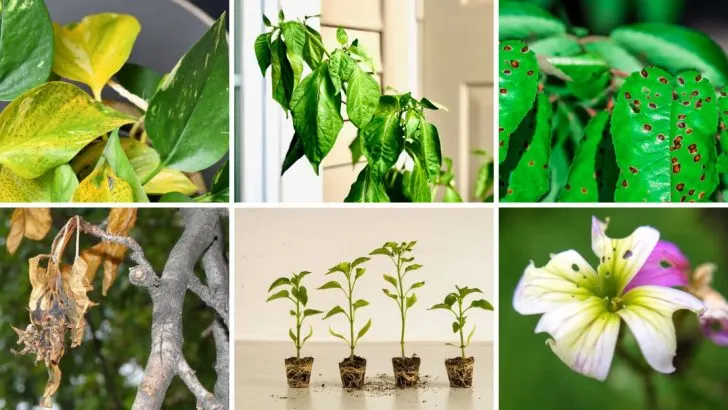If you’ve ever walked past a wilting leaf and thought, “It was fine yesterday…”, you’re not alone. Plants often give us subtle hints before things go downhill, and spotting those clues early can mean the difference between a thriving indoor jungle and a sad collection of dried-up stems. The good news? Most problems don’t happen overnight—they build up quietly, and your plant is usually trying to tell you something.
From odd leaf colors to sneaky pests hiding in the soil, there are clear warning signs that something’s off. Learning what to look for can save you from tossing another fern in the compost. Here are 22 early warning signs that something’s going wrong—keep an eye out, and you’ll catch trouble before it takes root.
Yellowing Leaves

Yellowing leaves can signal a nutrient deficiency or poor drainage. When leaves lose their vibrant green and take on a yellow hue, it’s often a cry for help. This change might be due to a lack of essential nutrients like nitrogen, iron, or magnesium.
Alternatively, the plant could be struggling with waterlogged soil. Check your garden’s drainage and adjust watering habits to prevent root rot. If nutrients are the issue, consider a balanced fertilizer.
Each plant has its own story; listen closely and respond with care to ensure it continues to flourish.
Wilting Stems
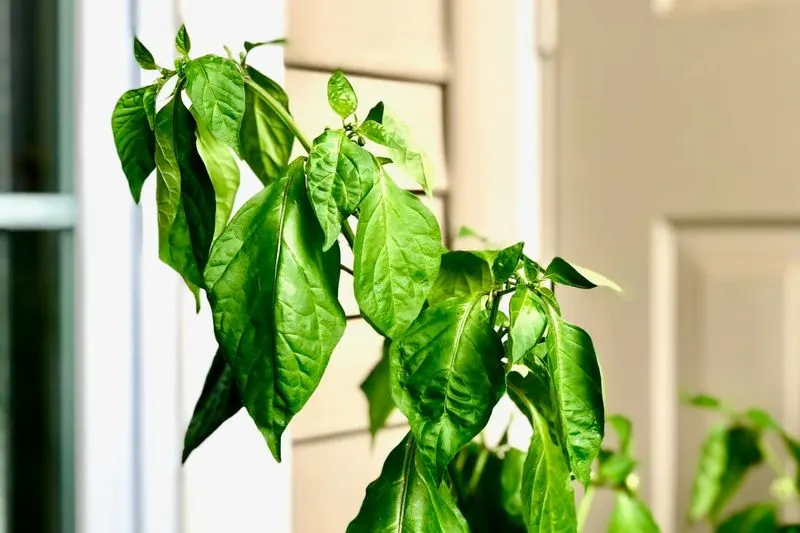
Wilting stems can often indicate dehydration or disease. Notice if stems droop even after adequate watering. If so, this could mean a deeper issue is at play.
Assess the root system for signs of disease or pest infestation, and ensure the soil maintains proper moisture levels. Overwatering can be just as harmful as neglect.
Balance is key. Sometimes, a simple change in location—away from harsh sunlight or heat sources—can make a world of difference for a wilting plant.
Leaf Spotting
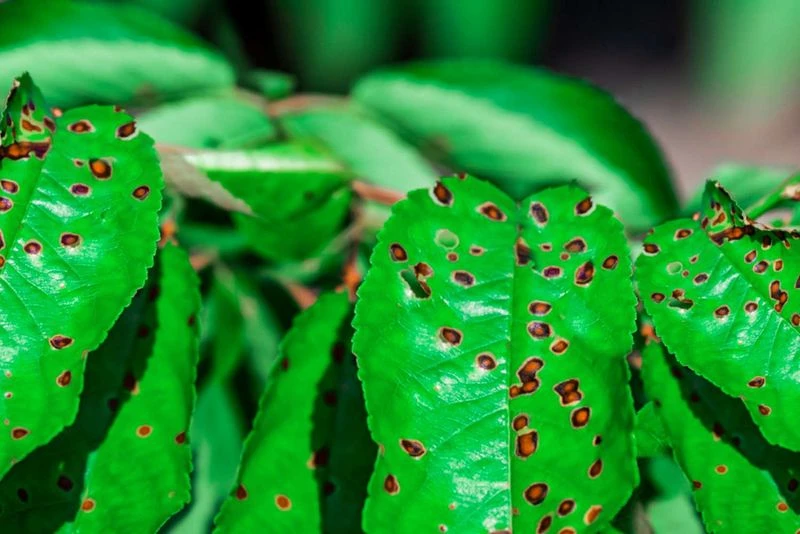
Leaf spotting manifests as small brown or black dots on the foliage surface. These spots may result from fungal infections or pest activity.
Inspect the plants closely to determine the cause. Early intervention with fungicidal sprays or insecticidal soap might be necessary to curb the spread.
This condition often arises from humid environments or poor air circulation. Adjusting these factors can help prevent future outbreaks and safeguard your plant’s health.
Brittle Leaves
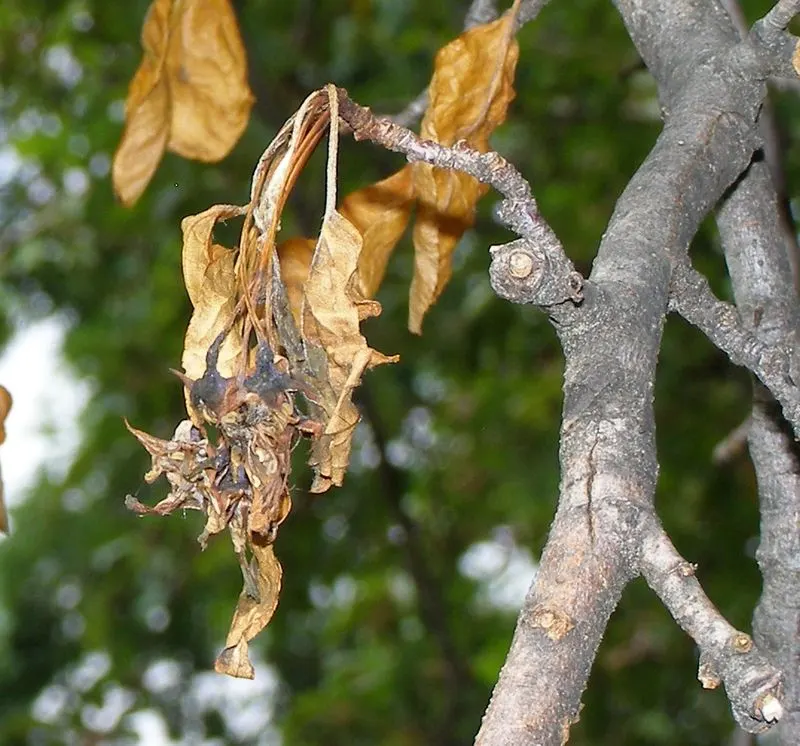
Brittle leaves often mean that a plant isn’t receiving enough moisture from its environment. This condition can arise from low humidity levels, especially during colder months when heating systems dry the air.
Regular misting or the use of a humidifier can alleviate this issue. Ensure your plant is not situated near drafty windows or vents that might exacerbate dryness.
Recognizing and adjusting these environmental factors can rejuvenate your plant’s foliage, restoring its natural flexibility and lushness.
Stunted Growth
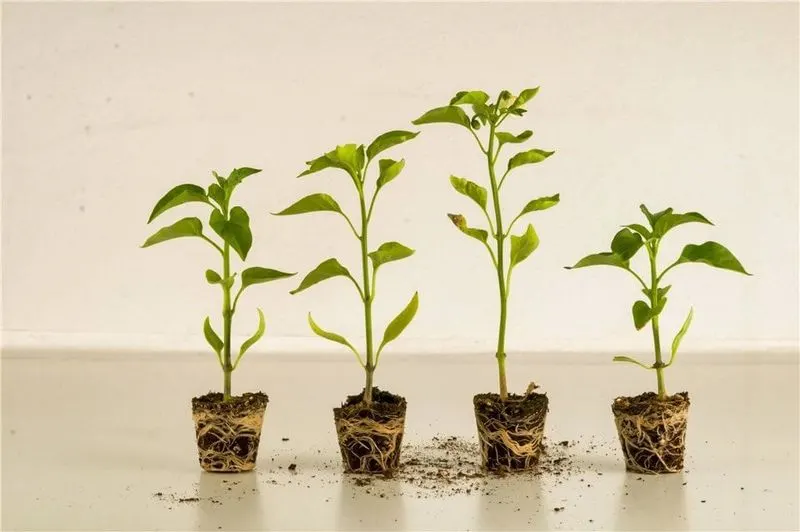
When a plant’s growth stalls, it might be a sign of inadequate light, nutrients, or space. Leaves and stems that aren’t reaching their potential can be disheartening.
Ensure your plant receives ample sunlight, and check if it’s outgrowing its container—roots need room to expand. Fertilizing with a nutrient-rich solution can give growth a needed boost.
Observing your plant’s environment and adjusting accordingly can transform stunted growth into vibrant, healthy development.
Discolored Flowers
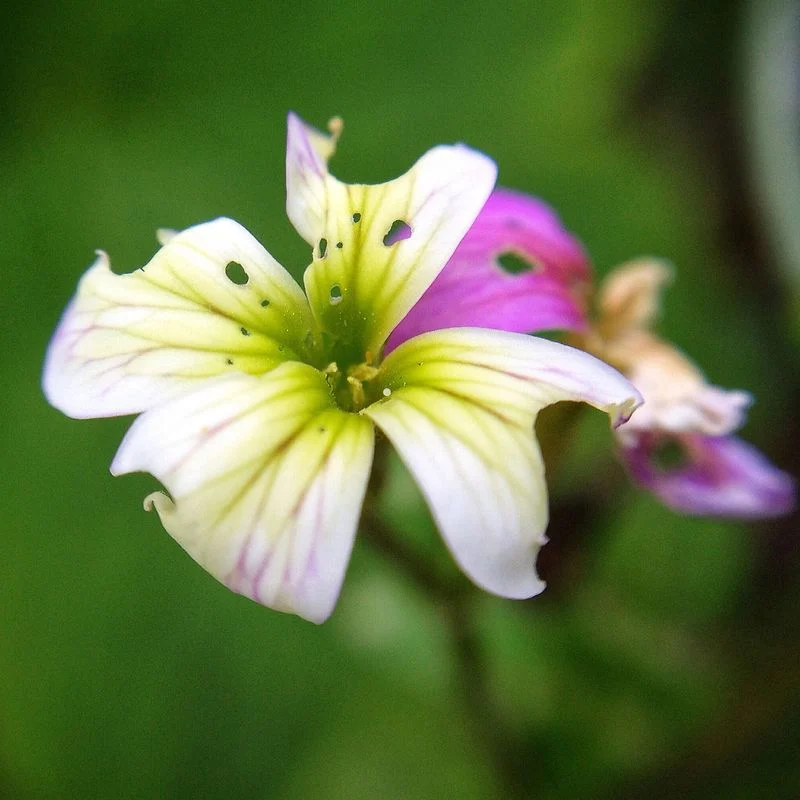
Flowers that lose their intended color might be trying to tell you something. Discoloration can occur due to nutrient imbalances or environmental stressors like temperature fluctuations.
Adjusting fertilizer types and ensuring stable temperature conditions can help flowers regain their vibrant hues.
Understanding the reasons behind discolored blooms allows you to make the necessary corrections, ensuring your garden remains a kaleidoscope of colors.
Fungal Growth
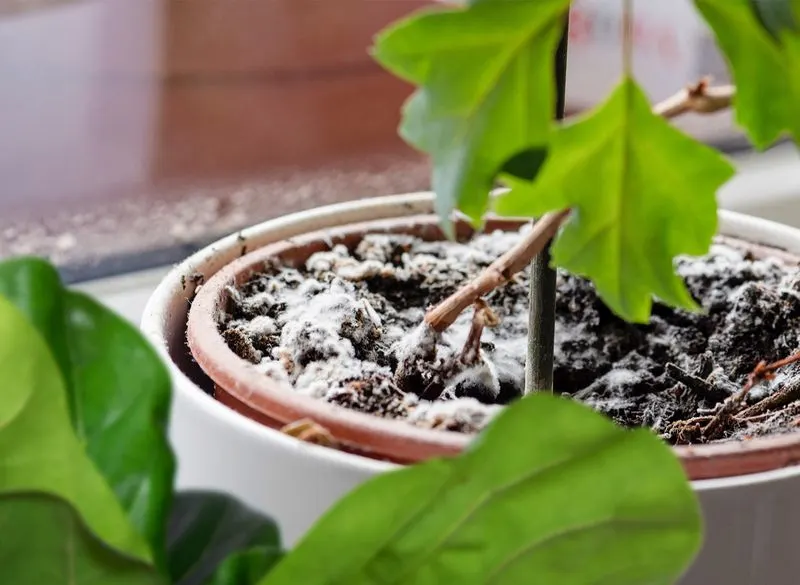
Fungal growth on plants, often visible as a white, fuzzy coating, can indicate overwatering or poor air circulation.
This growth can compromise plant health if not addressed promptly. Ensure adequate drainage and allow the soil to dry between waterings.
Keeping plants well-spaced and ensuring appropriate ventilation can prevent fungal issues, fostering a healthier growing environment.
Curling Leaves
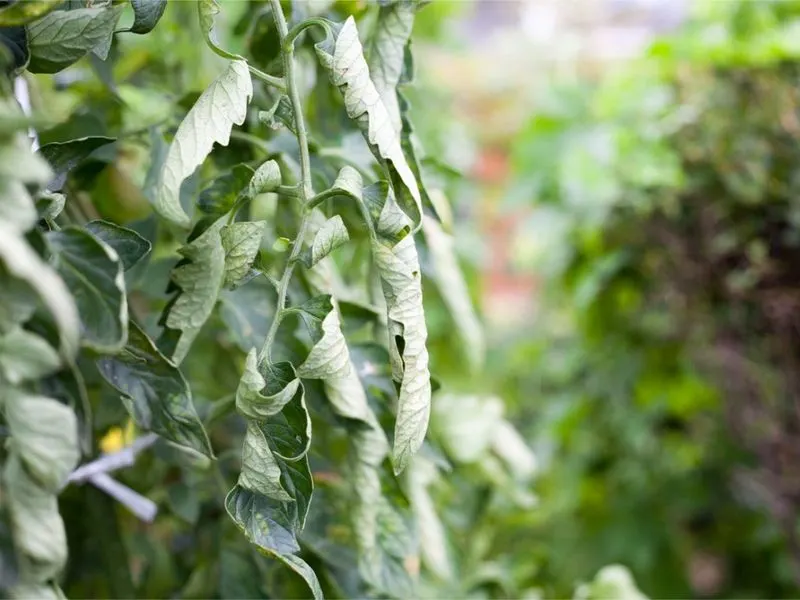
Curling leaves can signify distress due to pests like aphids or environmental factors such as heat stress.
Examine the leaf undersides for any pest presence, and consider using natural insecticides to protect your plant.
If heat is the culprit, relocating the plant to a cooler area or providing shade can help leaves uncurl and resume their natural shape.
Root Rot
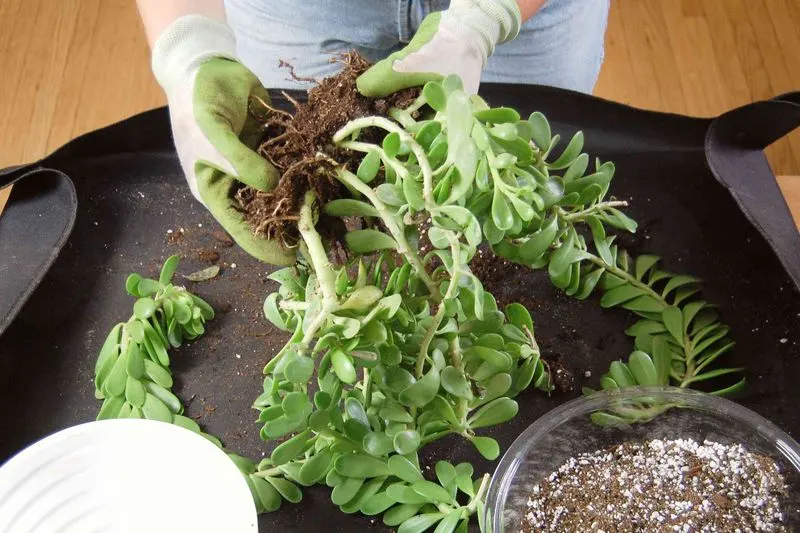
Root rot is a serious condition caused by overwatering or poor soil drainage. The roots become mushy and dark, hampering the plant’s ability to absorb nutrients.
Immediate action is required—remove the plant from its pot, trim away affected roots, and repot with fresh, well-draining soil.
Prevention involves careful watering practices and ensuring pots have adequate drainage holes, safeguarding your plant’s foundational health.
Unusual Leaf Drop
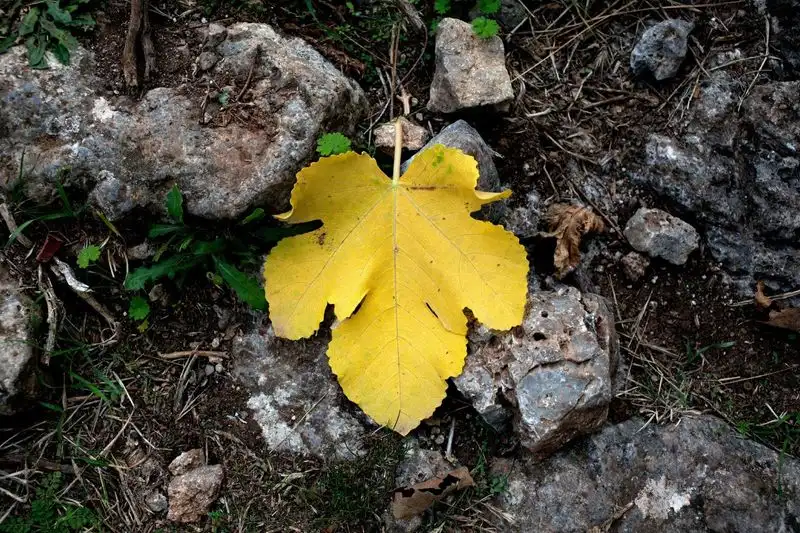
When trees or plants shed their leaves unexpectedly, it often signals stress. This might be due to environmental changes, such as temperature shifts or inadequate watering.
Take note of any recent alterations in the plant’s surroundings and address them accordingly. Consistent care can often reverse the leaf drop and restore vitality.
Understanding the triggers for leaf loss helps maintain a balanced, thriving garden ecosystem.
Pest Presence
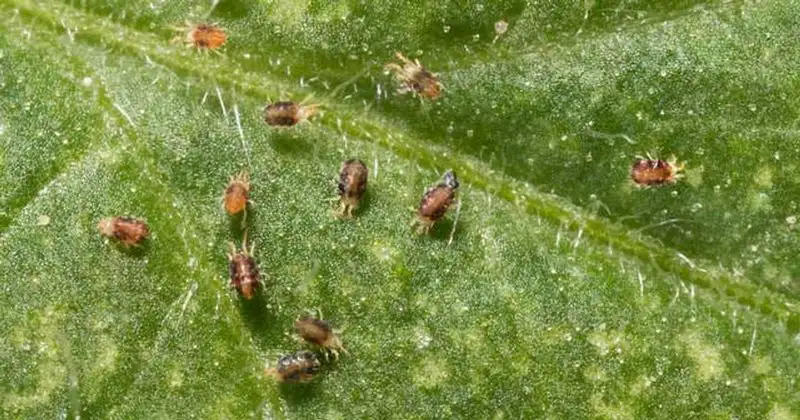
Seeing pests on plants is a clear indication of potential damage. Insects like aphids, mites, or caterpillars can wreak havoc if left unchecked.
Regularly inspect plants, especially under the leaves where pests often hide. Natural solutions like neem oil or insecticidal soaps can manage infestations effectively.
By remaining vigilant, you can protect your plants from the destructive effects of unwanted visitors, ensuring their continued health.
Powdery Mildew

Powdery mildew appears as a white, powder-like substance on leaves and stems. This fungal infection thrives in warm, humid conditions.
To combat it, increase air circulation around plants and avoid overhead watering. The application of fungicidal treatments can also be effective.
Recognizing powdery mildew early and taking corrective measures can spare your plants from further damage, preserving their beauty and strength.
Nutrient Deficiency
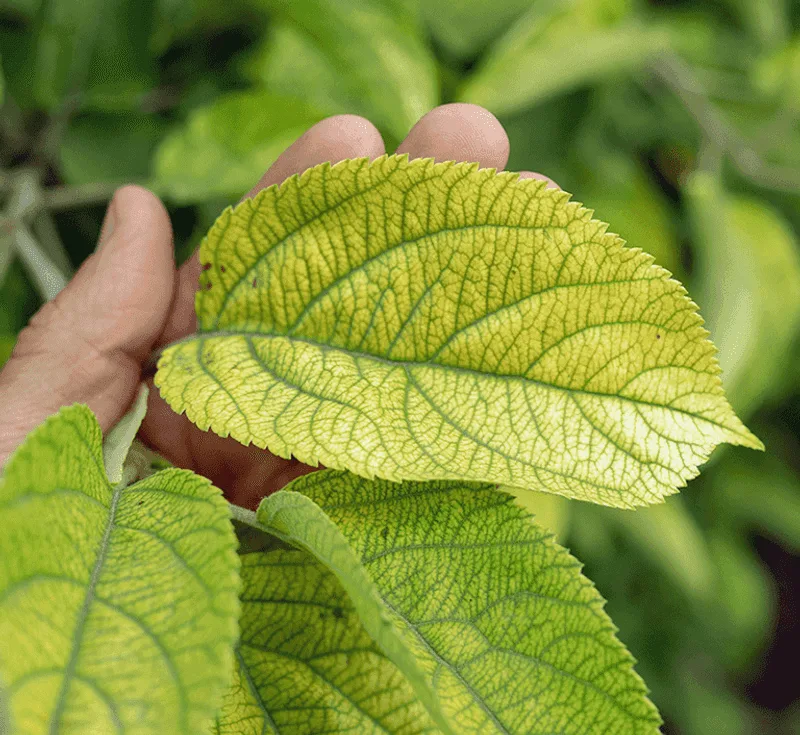
Nutrient-deficient plants often exhibit pale leaves and sluggish growth. Key nutrients like nitrogen, phosphorus, and potassium are vital for plant health.
Regular soil testing can identify deficiencies, allowing for targeted fertilization to replenish missing nutrients.
By maintaining balanced soil nutrition, you ensure that your plants grow robustly, with leaves that are vibrant and full of life.
Waterlogged Soil
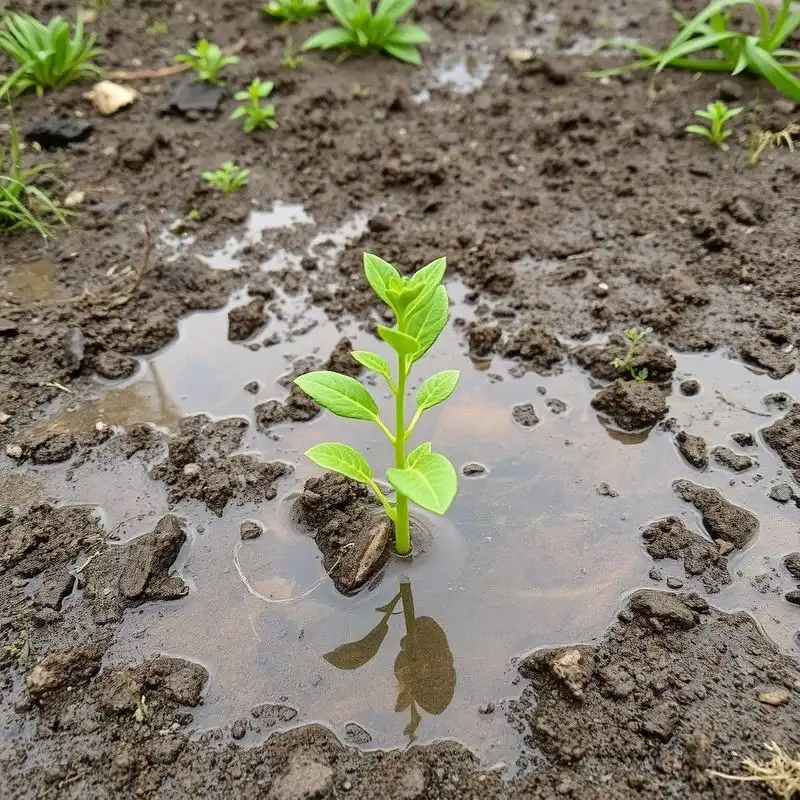
Waterlogged soil can suffocate plant roots, leading to decline. This condition arises from inadequate drainage and excessive watering.
To remedy this, improve soil structure with organic matter and ensure proper drainage systems are in place.
Balancing water levels is crucial for plant health, allowing roots to breathe and absorb nutrients effectively.
Excessive Sunlight

Excessive sunlight can scorch leaves, causing them to appear burnt or brown. This damage is reversible with prompt action.
Relocate plants to a shadier spot or provide a protective covering during peak sunlight hours.
Maintaining the right light exposure ensures that your plants thrive without suffering from sun-induced stress.
Inconsistent Watering
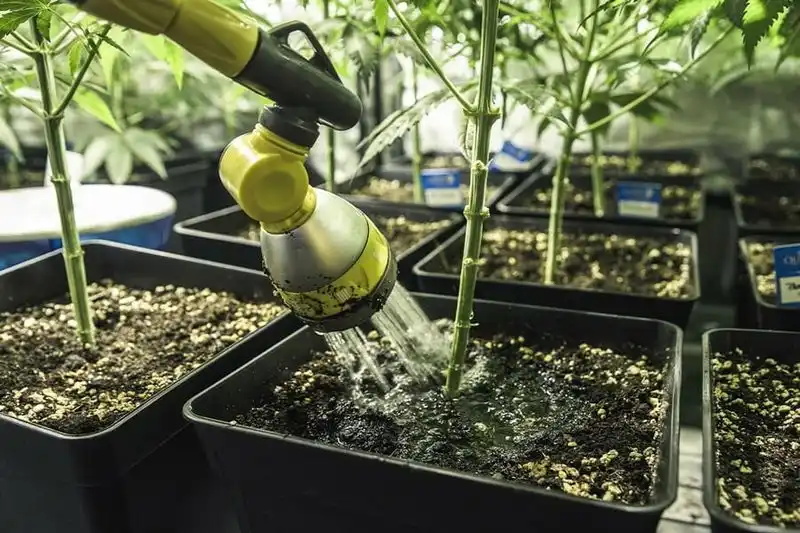
Inconsistent watering patterns can lead to plant stress and uneven growth. Plants rely on regular moisture to maintain their health.
Develop a watering routine based on the specific needs of your plants and the environmental conditions.
Consistency in care fosters resilience in plants, helping them grow uniformly and robustly.
Temperature Fluctuations
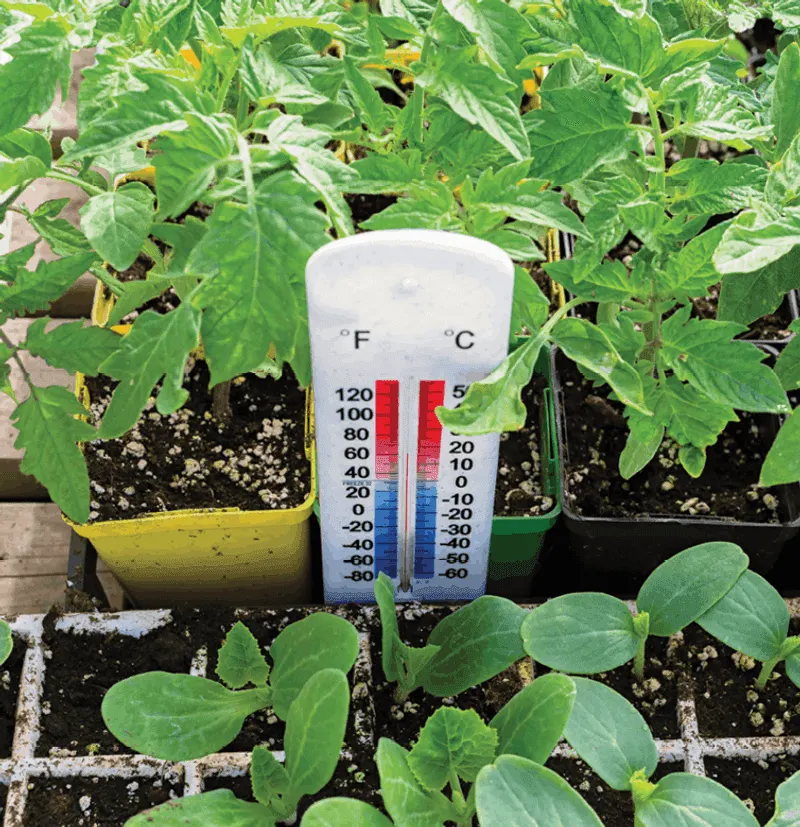
Plants sensitive to temperature changes may show signs like wilting or leaf drop. These fluctuations can disrupt growth and health.
Ensure your plants are positioned away from drafts or direct heat sources. Stable temperatures promote strong, consistent development.
By controlling the climate around your plants, you support their overall well-being and flourishing.
Soil Compaction
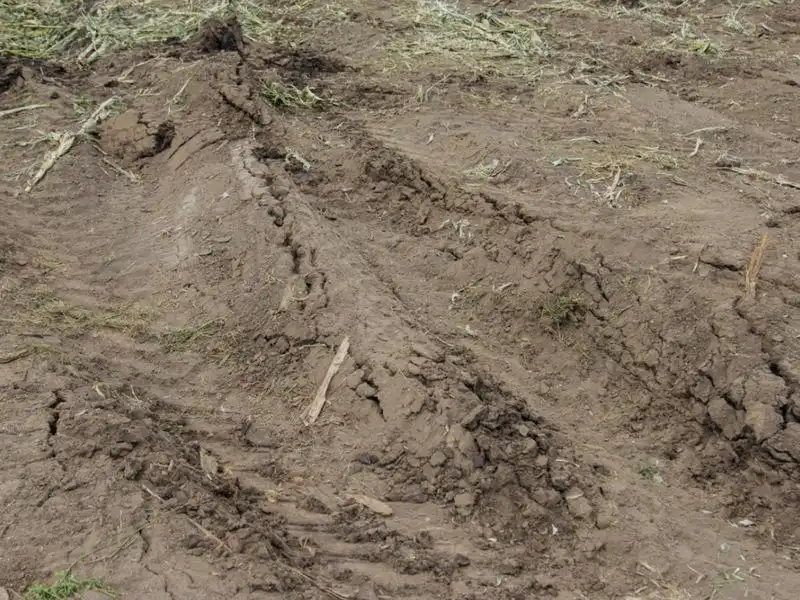
Compacted soil inhibits root expansion and water absorption, hindering plant growth. This issue is common in areas with heavy foot traffic.
Regular aeration and the addition of organic matter can alleviate compaction, improving soil texture and fertility.
Healthy soil structure is the foundation of a thriving garden, supporting diverse plant life and robust root systems.
Leaf Burn
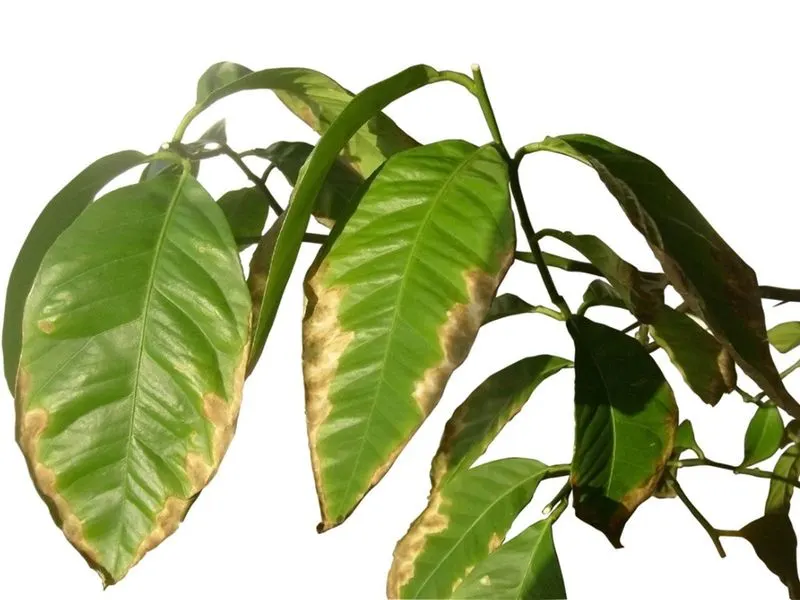
Leaf burn, often seen as brown edges, can occur from chemical exposure or improper watering techniques.
Avoid using water with high salt content and ensure fertilizers are applied correctly. Both can lead to leaf damage if mishandled.
By understanding the causes of leaf burn, you can adjust your care methods, ensuring leaves remain healthy and vibrant.
Air Pollution Damage
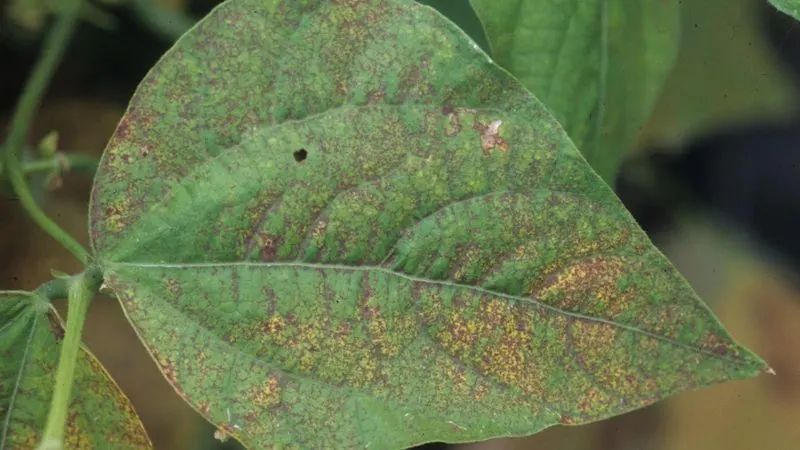
Polluted air can cause leaf discoloration and damage, affecting a plant’s ability to photosynthesize effectively.
If air quality is poor, consider moving susceptible plants indoors or using air purifiers to mitigate damage.
Protecting plants from pollution ensures their longevity and continued contribution to air purification.
Frost Damage

Frost damage reveals itself as blackened leaf edges or wilting after cold exposure. Plants left unprotected in freezing temperatures are vulnerable.
Covering plants with frost cloths or moving them indoors during cold snaps can prevent damage.
Preparedness for frost events keeps plants safe and healthy, ready to thrive when warmer weather returns.
Unusual Stem Discoloration
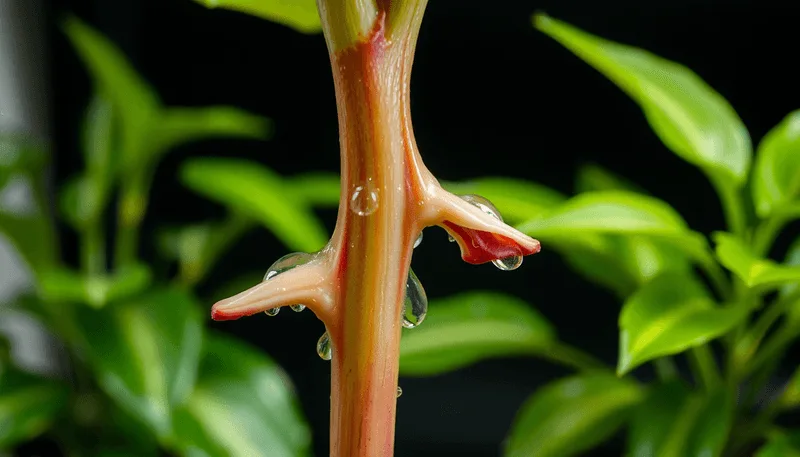
Imagine finding your favorite plant’s stem suddenly exhibiting strange hues. Unusual stem discoloration can hint at underlying health problems. Various factors like bacterial infections or nutritional imbalances might cause this phenomenon.
Initially, homeowners may spot subtle changes—like a shift from green to brown. This could be a plant’s cry for help, signaling that something is amiss internally.
Taking prompt action by investigating potential causes can save your plant. Consider factors such as soil pH, watering habits, and nutrient intake. Stay vigilant, as early detection is key to preventing further damage.
Remember, healthy stems are crucial for overall plant vitality.

